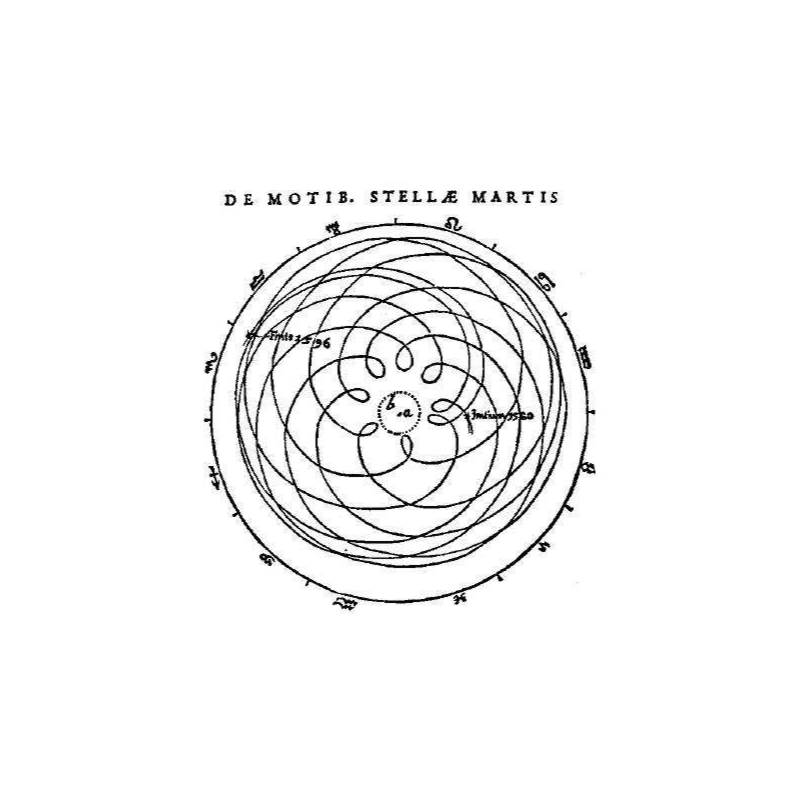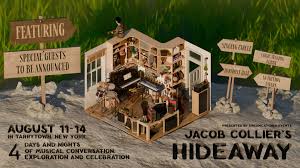The Harmonic Model represents a formal cosmological system grounded in harmonic meta-theory. It seeks to provide a coherent explanatory framework for the emergence of the cosmos, the generativity of life, and the self-organizing nature of consciousness. Developed as a meta-theoretical model, it builds upon the principle that reality can be understood as a harmonic structure – one that organizes itself through resonance, recursion, and self-reference. At its core, the model instrumentalizes harmonic formalism across both literal (musical-physical) and symbolic (cognitive-ontological) levels of interpretation, offering a means by which science, philosophy, and experience may converge.
This model proposes that harmonic systems reveal their deepest meaning through processes of self-reference, which include diagonalization and cyclical and looped abstraction. These processes act as interpretive mechanisms that translate between linear (cyclic, time-ordered) and nonlinear (looped, self-reflexive) modes of cognition and causation. Within this view, harmonic structures provide more than aesthetic organization, they function as generators of coherence, intelligence, and transformation. The Harmonic Model therefore identifies harmonic feedback loops as the causal substrates that drive emergence across physical, biological, and mental domains.
Resonance functions as the primary medium through which causal transitions occur between circular (self-causing) and linear (other-causing) modes of being. The model explores how these dynamics unfold across multiple orders of organization, accounting for nested systems of transformation in everything from atomic lattices to planetary dynamics to neurocognitive processes. In doing so, it integrates classical insights into cosmic harmony with modern computational models of recursive logic. This synthesis results in a science of self-reference – a formal system that aligns with globally recurring mythologies and philosophical accounts of harmonic genesis, or creation through sound and pattern.
At the heart of the model lies the concept of Harmonic Generative Intelligence (H.G.I.), which describes the universe as an inherently intelligent, creative system capable of self-generation and self-recognition. H.G.I. operates through nested layers of resonance: feedback systems that both generate and reflect the structure of experience. These systems give rise to complex entities – organisms, minds, civilizations – that possess the capacity to participate in their own evolution. The creative life process, as understood within the Harmonic Model, occurs through multi-level coordination between mind and body, subject and object, self and world, each harmonically coupled and dynamically co-evolving.
The model treats harmonic computation as a foundational logic, distinct from binary computation. Rather than operating in discrete, on/off states, harmonic computation relies on cyclical and looped functions that mirror natural oscillatory behaviours. These processes give rise to modes of cognition that resemble musical improvisation or quantum entanglement more than linear information processing. From this logic emerges a harmonic epistemology of self-knowing, in which the knower, knowing, and known appear as fixed identities and as mutually implicating, self-identifying functions. Such a framework supports acts of self-simulation, self-creation, or self-actualization that evidence informational and causal potency.
The most fundamental form of resonance described by the Harmonic Model consists of reciprocal, coupled, and synergetic systems of self-oscillation and self-listening. These polarities – negative and positive, inward and outward – coexist in a superpositional relationship as resonance, functioning as the minimal triunity of harmonic intelligence. From this foundation, all higher structures emerge, echoing both mystical traditions and complex systems theory. The Harmonic Model therefore treats resonance not as metaphor, but as the underlying mechanism of cosmological emergence, psychological development, and ontological coherence.
To render this model scientifically credible, it also addresses the epistemological requirements of studying self-referential systems. Such systems demand that the observer participates in the structure observed. As a result, the model adopts a pluralistic methodological approach, incorporating first-person phenomenology, second-person dialogue, and third-person objectivity. This methodological inclusivity reflects the intrinsic reflexivity of self-referential systems and opens new avenues for transdisciplinary research across science, art, contemplative practice, and philosophical inquiry.
The Harmonic Model supports experimental applications across a variety of domains. In the realm of mental causation, it provides a formal basis for exploring how mental states influence physical outcomes, using harmonic structures to model and test the efficacy of intention and attention. In artificial generative intelligence, the model supplies a new architecture for designing self-aware systems capable of recursive learning and creative response, grounded not in neural mimicry but in harmonic logic. In human development, it offers pedagogical tools and psychological exercises that accelerate integrative learning and promote developmental coherence. In material harmonics, it guides experimental work on the transformation of physical structures through resonance, exploring how sonic, electromagnetic, or cognitive harmonics may interact with matter to effect change.
Taken together, the Harmonic Model presents a cosmological framework that positions resonant self-reference as the generative core of existence. It reframes reality as a living harmonic field—self-iterative, self-aware, and self-organizing. By articulating the principles of harmonic transformation across domains of thought and being, it aims to unify what modernity has fragmented: science and spirit, form and function, cosmos and consciousness. In doing so, it offers not only a theory, but a vision – one in which the universe emerges as an act of self-instrumentation, and we, as participants, find our place by learning the co-creative act of resonance.






